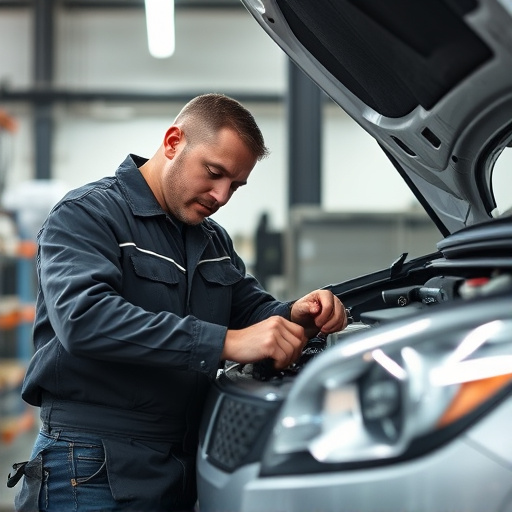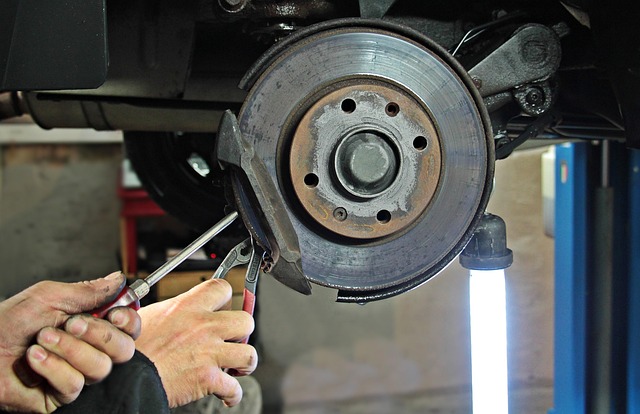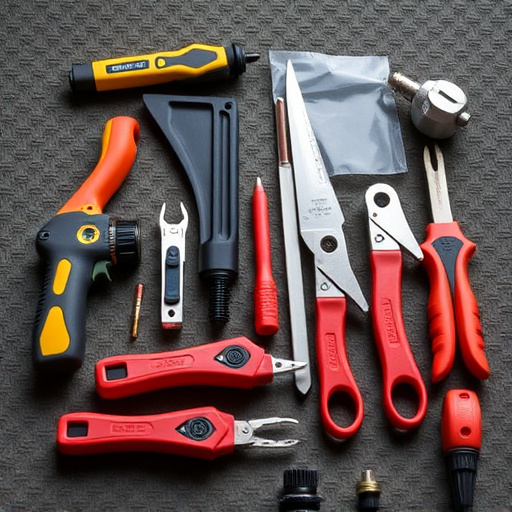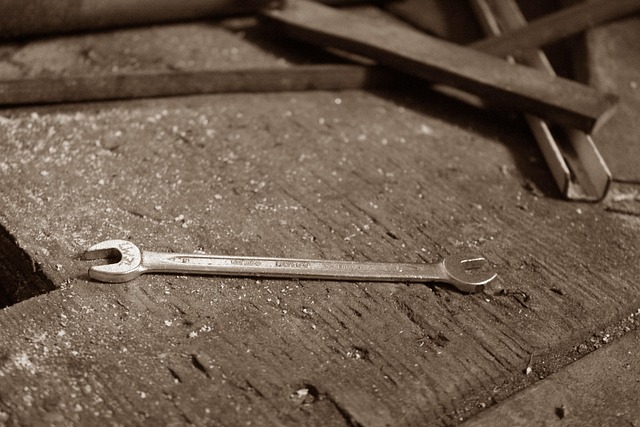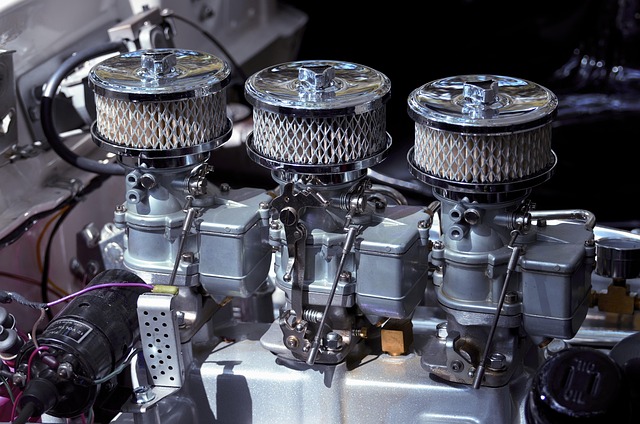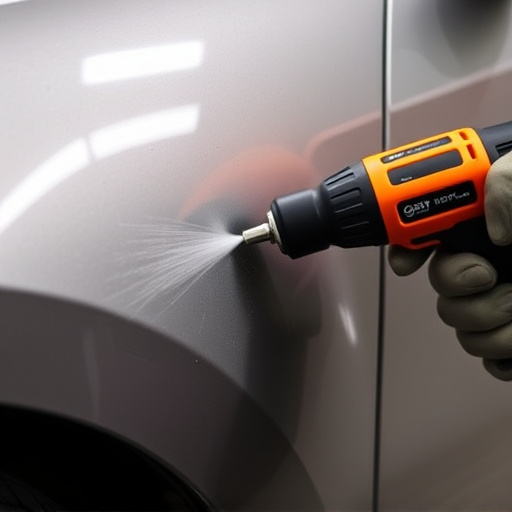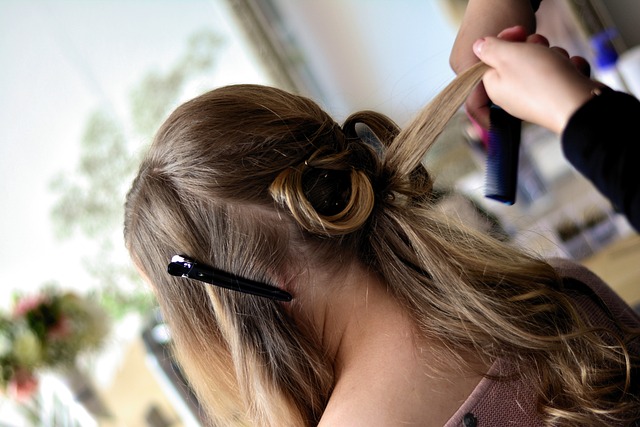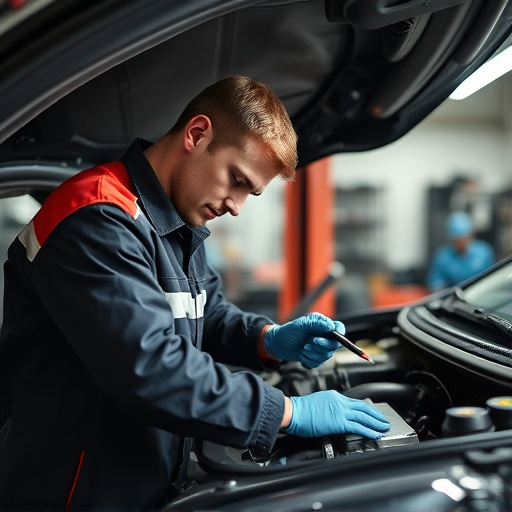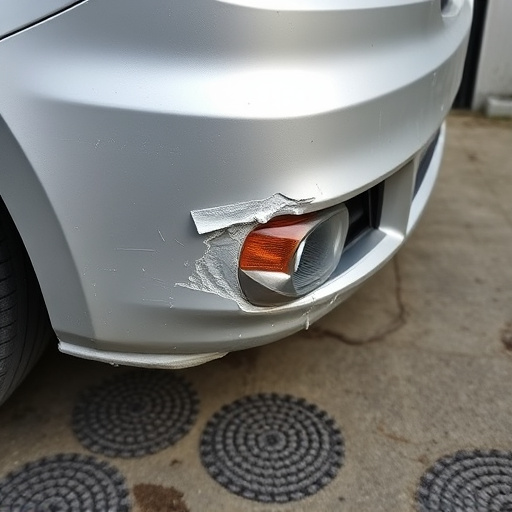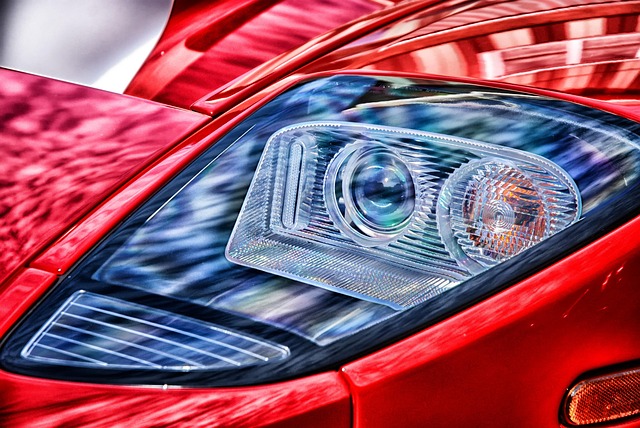Climate conditions significantly affect the durability of auto paint repairs. Extreme temperatures cause paint imperfections and degradation, while constant moisture, humidity, rain, snow, and UV radiation accelerate paint fading, chipping, and brittleness. Understanding these environmental factors is crucial for professionals to use suitable paints, proper preparation, ventilation, and moisture-resistant primers/topcoats, ensuring long-lasting results that maintain customer satisfaction.
Auto paint repair durability is significantly influenced by various environmental factors that often go unnoticed. From climate extremes to air quality, these conditions can accelerate paint degradation. This article explores how temperature fluctuations, humidity, UV exposure, air pollution, dust, and even natural disasters impact the longevity of auto paint repairs. Understanding these environmental influences is crucial for professionals seeking to ensure the durability of their work in today’s diverse and often challenging climate.
- The Impact of Climate and Weather Conditions
- – Temperature extremes: Heat and cold stress paint.
- – Humidity levels: How moisture affects painting durability.
The Impact of Climate and Weather Conditions
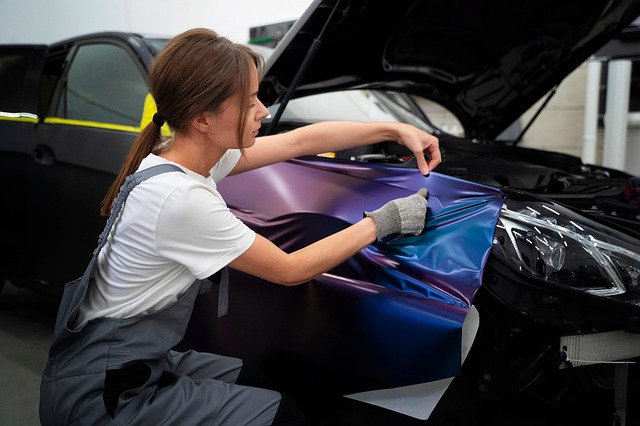
Climate and weather conditions play a significant role in determining the durability of auto paint repair. Extreme temperatures, both hot and cold, can impact the painting process and the final finish. For instance, during hot summers, the heat can cause the paint to dry too quickly, leading to imperfections and potential fading over time. Conversely, freezing winters might result in moisture buildup under the paint, causing rust and peeling. These environmental factors can significantly affect the longevity of a collision repair or auto body restoration job.
Additionally, constant exposure to various weather conditions like rain, snow, and UV radiation from the sun can degrade the quality of the paint job over the years. The elements can cause the paint to become brittle, chip, or fade, requiring regular touch-ups or even complete auto repair services for maintenance. Understanding these climate impacts is crucial for professionals in the auto repair industry to offer long-lasting solutions and ensure customer satisfaction.
– Temperature extremes: Heat and cold stress paint.

Extreme temperatures can significantly impact the durability of auto paint repair. Heat, in particular, accelerates the aging process of paint by causing it to break down faster and become more susceptible to fading, cracking, and chipping. This is why many car body shops recommend avoiding prolonged exposure to direct sunlight or high-temperature environments immediately after a paint job. On the other hand, cold temperatures also present challenges for auto painting. When paint is subjected to freezing conditions, it can lead to structural changes, affecting its bond strength and overall quality. Additionally, rapid temperature changes between hot and cold can cause thermal shock, resulting in paint flaking or peeling over time.
Understanding these environmental factors is crucial for achieving long-lasting auto paint repair results. Proper preparation and the use of suitable paints designed for different climates can mitigate the effects of temperature extremes, ensuring the car body shop’s work stands the test of time.
– Humidity levels: How moisture affects painting durability.

Moisture in the air, or humidity, plays a significant role in determining the longevity of auto paint repairs. High humidity levels can lead to moisture seeping into freshly painted surfaces, causing problems such as bubbling, peeling, and even rust formation beneath the paint. This is particularly true for areas with consistently high rainfall or low temperatures, where water vapour remains in the air throughout the year.
In an auto body painting context, ensuring proper ventilation during the drying process is crucial to mitigate humidity’s adverse effects. Additionally, using moisture-resistant primers and topcoats can significantly enhance the durability of bumper repair work. By understanding and accounting for these environmental factors, professionals can achieve longer-lasting auto paint repair results.
In conclusion, understanding environmental factors is key to ensuring the longevity of auto paint repairs. Extreme temperatures and humidity levels play a significant role in the durability of paint jobs, affecting both application and long-term performance. By considering these climate-related aspects, automotive professionals can optimize their repair processes, providing customers with more sustainable and resilient finishes that withstand the challenges of diverse weather conditions.
